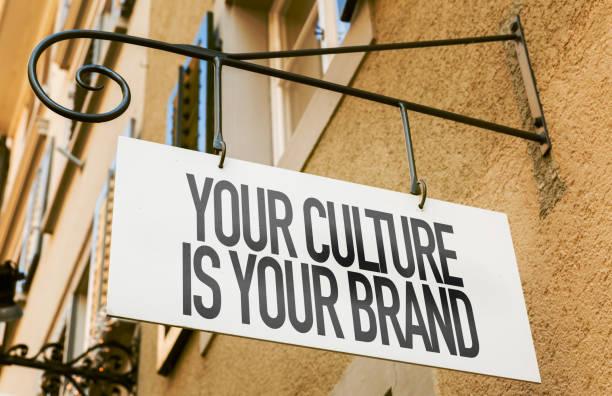YOUR CULTURE IS YOUR BRAND-How have historical events shaped the cultural landscape of a particular region? By Hugo Keji

When examining how historical events have shaped the cultural landscape of a particular region, it's essential to consider the region's specific history, key events, and how these events influenced local traditions, beliefs, arts, languages, and social structures.
Here’s a generalized approach to this analysis:
1. Colonization and Conquest
- Impact on Language and Religion: Regions colonized by European powers, like Latin America, experienced a profound transformation in language and religion. Spanish and Portuguese replaced indigenous languages, while Catholicism became the dominant religion.
- Cultural Syncretism: The blending of indigenous traditions with European customs led to a unique cultural synthesis. For example, in Mexico, the celebration of Día de los Muertos (Day of the Dead) is a fusion of pre-Hispanic religious rites and Catholicism.
2. Wars and Revolutions
- National Identity Formation: Wars of independence, such as the American Revolution or the Latin American wars of independence, often resulted in a strong sense of national identity. Symbols, heroes, and narratives from these conflicts became central to the cultural identity of these nations.
- Cultural Renaissance: Post-revolutionary periods often see a revival or reinvention of cultural expressions as nations seek to define themselves. The Harlem Renaissance in the U.S. followed the end of the Civil War and was a period of flourishing African American culture.
3. Migration and Diasporas
- Cultural Diversity: Large-scale migrations, whether voluntary or forced, have introduced new cultural elements into regions. For instance, the African diaspora has significantly influenced the music, food, and religious practices in the Caribbean and the Americas.
- Preservation and Adaptation: Migrant communities often preserve their cultural heritage while also adapting to the host culture, leading to the emergence of hybrid cultural forms, such as Creole languages.
AfriPrime App link: FREE to download...
https://www.amazon.com/Africircle-AfriPrime/dp/B0D2M3F2JT
4. Economic Changes
- Industrialization: The Industrial Revolution in Europe and North America brought about urbanization, altering the social fabric and cultural practices. The rise of factory towns and cities led to new forms of social organization and cultural expressions, like the development of working-class cultures.
- Globalization: The opening of markets and global trade has resulted in cultural exchanges that have shaped contemporary cultural landscapes. For example, the spread of American pop culture globally can be traced back to economic dominance in the 20th century.
5. Social Movements and Cultural Shifts
- Civil Rights Movements: Social movements often lead to significant cultural shifts. The Civil Rights Movement in the U.S. not only led to legal changes but also transformed the cultural landscape by elevating African American voices in art, music, and literature.
- Feminist Movements: The feminist movements of the 20th century redefined gender roles and expectations, influencing everything from family structures to workplace dynamics, and leading to more inclusive cultural practices.
6. Environmental Changes and Natural Disasters
- Adaptation of Practices: In regions prone to natural disasters, cultural practices often evolve in response to environmental challenges. In Japan, the cultural emphasis on preparedness and resilience is partly shaped by its history of earthquakes and tsunamis.
- Agricultural Practices: Historical events like the Dust Bowl in the U.S. influenced migration patterns and led to changes in agricultural practices, which in turn impacted the cultural landscape of regions like California.
7. Political Regimes and Ideologies
- Authoritarian Regimes: Totalitarian regimes often impose a particular cultural narrative, suppressing alternative voices and reshaping cultural expressions. For example, Soviet control over Eastern Europe led to the promotion of socialist realism in art and literature.
- Democratization: Conversely, the fall of authoritarian regimes often leads to a flourishing of diverse cultural expressions as censorship is lifted. The post-apartheid era in South Africa saw a resurgence of indigenous cultural practices and languages.
Example: The Cultural Landscape of the American South
The cultural landscape of the American South is a prime example of how historical events have shaped a region. The legacy of slavery, the Civil War, and the Civil Rights Movement are deeply embedded in the South’s music (like blues and jazz), cuisine (soul food), and social practices. The region's history of segregation and the struggle for civil rights continue to influence its cultural and social dynamics today.
Historical events are pivotal in shaping the cultural landscapes of regions. They influence language, religion, art, social structures, and even daily practices, creating a unique cultural identity that reflects the region's history. Understanding this interplay helps us appreciate the rich tapestry of global cultures and the historical contexts that have shaped them.
AfriPrime App link: FREE to download...
- Questions and Answers
- Opinion
- Story/Motivational/Inspiring
- Technology
- Art
- Causes
- Crafts
- Dance
- Drinks
- Film/Movie
- Fitness
- Food
- Jocuri
- Gardening
- Health
- Home
- Literature
- Music
- Networking
- Alte
- Party
- Religion
- Shopping
- Sports
- Theater
- Wellness
- News
- Culture
- War machines and policy

